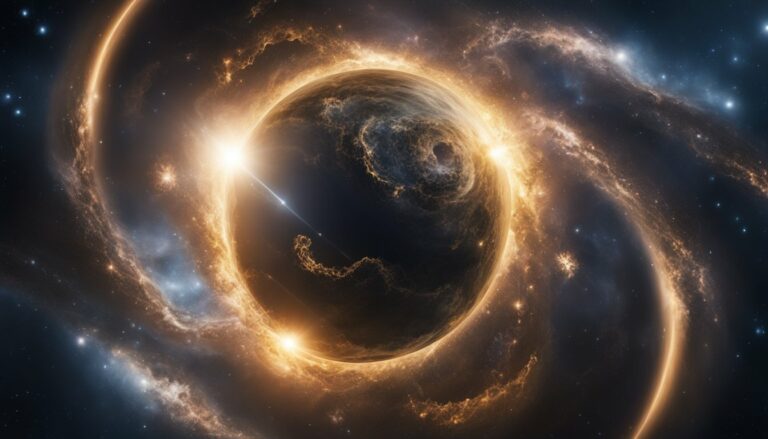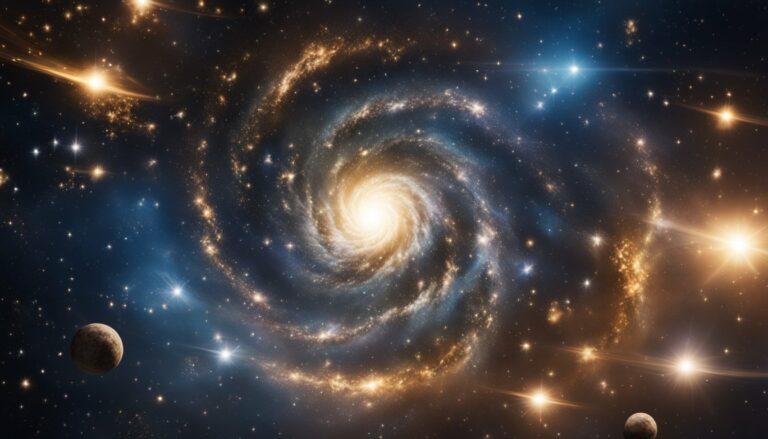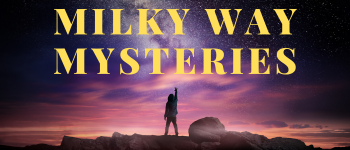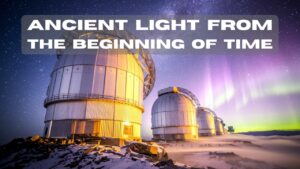Have you ever wondered if the universe has its own rhythm? Some people believe that there might be a grand cosmic cycle causing major events on Earth every 6000 years. This idea, while fascinating, is mostly speculative and isn’t widely accepted in the scientific community. There’s no solid evidence to prove that Earth experiences a significant cosmic event on such a precise schedule.

However, discussing this possibility is a great way to dive into some interesting historical events and theories. It’s fun to explore how ancient people may have interpreted natural events as cosmic occurrences. Even if the cycle doesn’t hold true, we can learn a lot from the way these stories have shaped human imagination and culture.
Exploring the idea of cosmic cycles leads us to think about events like asteroid impacts and climate changes in Earth’s history. These events have altered our planet in significant ways and remind us of the dynamic nature of the cosmos. As we explore this topic, we can enjoy a mix of science and storytelling that fuels our curiosity about the universe.
Historical Accounts of Cosmic Events

Throughout history, people have looked to the skies and tried to explain the cosmic events they witnessed. Ancient civilizations observed celestial phenomena and recorded them, often interpreting these events through the lens of their cultural beliefs.
Ancient Civilizations and Astronomy
Our ancestors were incredible sky watchers. Ancient civilizations like the Mayans, Babylonians, and Egyptians made incredible strides in astronomy. These cultures developed complex calendars and astronomical tools. Each civilization had its own relationship with the stars.
The Babylonians, for example, were keen astronomers, keeping detailed logs of celestial events. Similarly, the Mayans used their observations to track time and predict cosmic events. Their advanced understanding of the cosmos was intricately tied to their social and religious practices. These groups saw patterns and changes in the night sky, which they believed held the keys to the universe.
Mythology and Cosmic Catastrophes
Our ancestors created rich stories about the cosmos. Many cultures saw cosmic events as messages from the gods or signs of impending doom. These myths often revolved around the idea of divine beings using cosmic phenomena to communicate with humans.
In ancient Rome, comets were seen as harbingers of change, whether good or bad. Norse mythology spoke of Ragnarok, a series of events leading to the end of the world, often associated with cosmic signs. Such tales highlight how deeply people connected cosmic events with their own lives. Myths served as a way to make sense of the unknown, weaving the cosmos into the fabric of human experience.
Astronomical Phenomena Every 6000 Years

Every 6000 years, our cosmic neighborhood experiences events that capture our imagination. These phenomena include explosive supernovae and intriguing solar alignments that can have significant effects on Earth.
Supernovae and Neutron Star Collisions
Supernovae are rare yet massive explosions in space that occur when a star reaches the end of its life. These events release huge amounts of energy and light, sometimes outshining entire galaxies. They play a crucial role in spreading elements like iron and calcium across the universe. Occasionally, when two neutron stars collide, they create similar cataclysmic bursts. These collisions may bring about gravitational waves, causing ripples in space-time.
Exploring the impact of a supernova on our planet’s atmosphere highlights how these distant explosions can influence Earth. Although thousands of light-years away, the intense radiation can ionize the upper atmosphere, affecting satellite communications and potentially altering climate systems.
Solar Activity and Galactic Alignment
Every 6000 years, significant solar activities align with the galaxy. This alignment can lead to increased solar storms, affecting Earth’s magnetosphere. During this period, heightened solar flares could disrupt power grids, affecting technology and communications. We become more aware of the importance of monitoring solar activity to mitigate these impacts.
Galactic alignment may intensify this solar activity. The alignment of Earth’s position in the galaxy could potentially connect to changes in gravitational forces and subsequently in solar phenomena. Understanding these alignments helps us prepare for potential disruptions and appreciate the complex relationship between our planet and the vast galaxy.
Implications for Earth and Humanity

Our journey into understanding cosmic cataclysms uncovers their potential effects on both our planet and the society we have built. These events can impact the Earth’s climate and geological stability, and they can steer the course of human progress through technological adaptation.
Climate Change and Geological Impacts
Cosmic events can alter Earth’s climate significantly. For instance, a large impact might release dust and particles into the atmosphere, potentially leading to a phenomenon similar to a volcanic winter. This could result in cooler global temperatures, affecting agriculture and ecosystems worldwide. Some scientists believe comet impacts around 12,800 years ago may have caused sudden climate shifts. Such an event might also trigger severe earthquakes or tsunamis, impacting geological stability. If these scenarios recur every 6,000 years, as some theories suggest, it implies a need for us to prepare and adapt our infrastructure to mitigate these potential impacts on our planet and livelihoods.
Societal Changes and Technological Advancements
Societal changes are inevitable if we face recurring cosmic cataclysms. Humanity often rises to challenges through innovation. Anticipating these events requires advancements in technology capable of predicting, monitoring, and possibly mitigating impacts. Historically, societies have evolved following major disruptions. For instance, if a cataclysm were tied to fears or beliefs, it could prompt shifts in cultural or religious practices. Meanwhile, developing technologies such as early warning systems and resilient building materials becomes crucial. Our ability to adapt quickly through societal changes will determine how we thrive in the face of potential cosmic threats, fostering resilience and progress in our communities.
Scientific Understanding and Theories

In exploring the idea of a cosmic cataclysm every 6000 years, we dive into what modern science says about these potential cosmic events. We’ll also discuss some critiques and alternative ideas that challenge the existence of such a cycle.
Modern Astrophysics and the 6000-Year Cycle
Modern astrophysics have tools and methods that help us examine our cosmic environment for patterns. Current understanding focuses on studying geological records and ancient astronomical writings to search for evidence of such cycles. Some astrophysicists use simulations and data from space observatories to look for repeating events that could suggest a cycle. While intriguing, the evidence supporting a precise 6000-year cycle is not solid. We still have much to learn about the complexities of cosmic events and how they might affect Earth over long timescales.
Critiques and Alternative Explanations
Not everyone agrees with the idea of a regular 6000-year cycle. Critics point out the lack of consistent data supporting such a timeframe. They argue that geological and historical evidence shows more irregular patterns of cosmic events. For example, some suggest that events like meteor impacts occur at random intervals rather than in predictable cycles. Others propose that any perceived pattern could be a result of coincidental alignments or errors in data interpretation. The discussion remains open, with more research needed to fully understand these potential long-term patterns.



